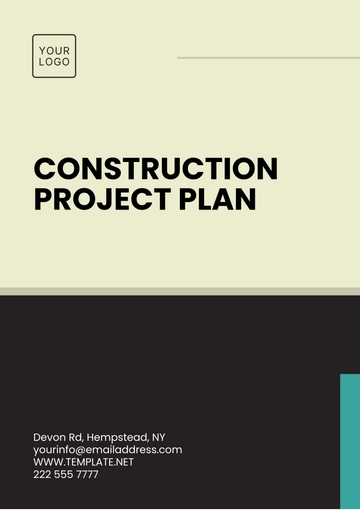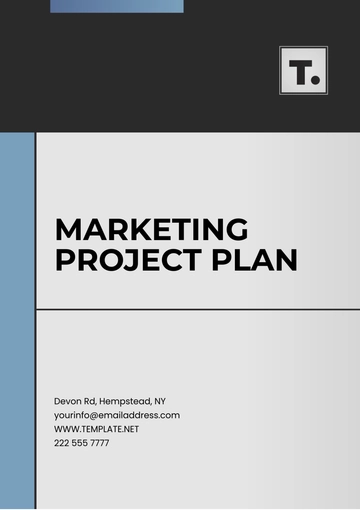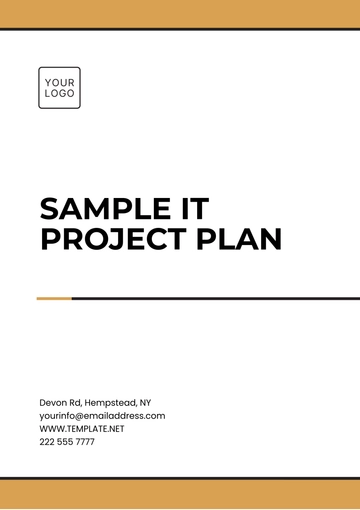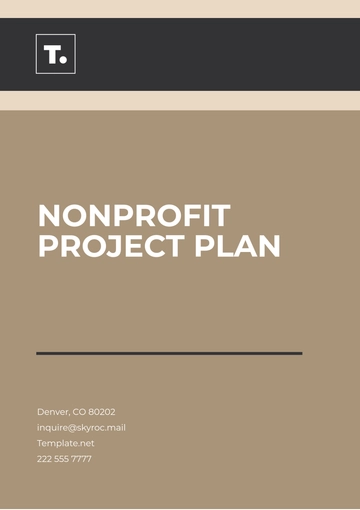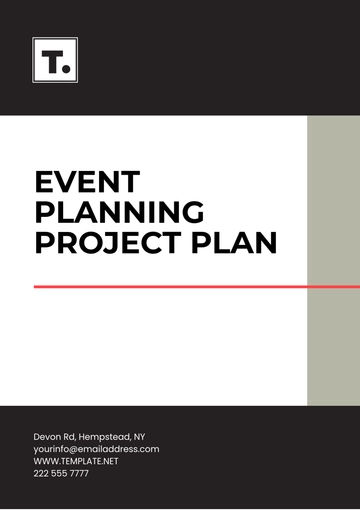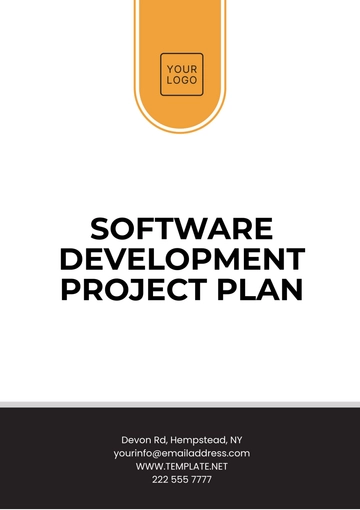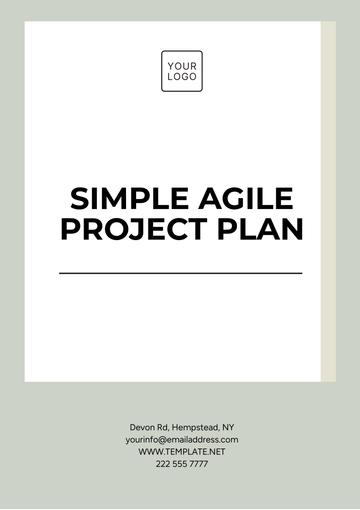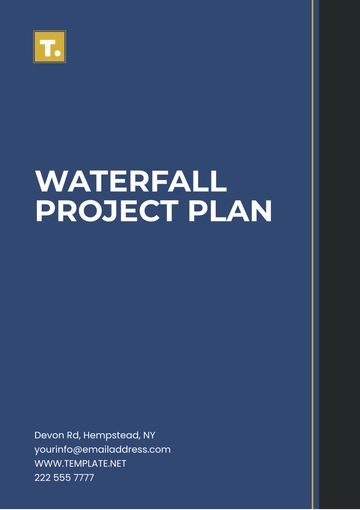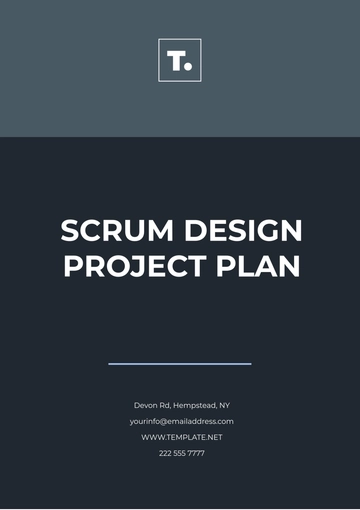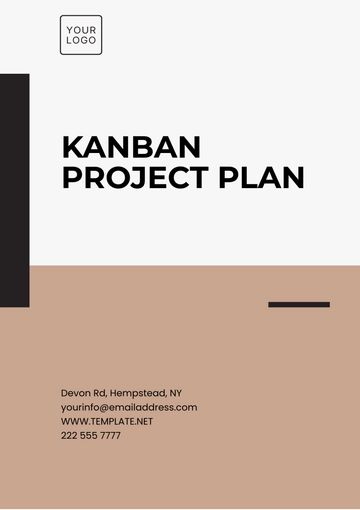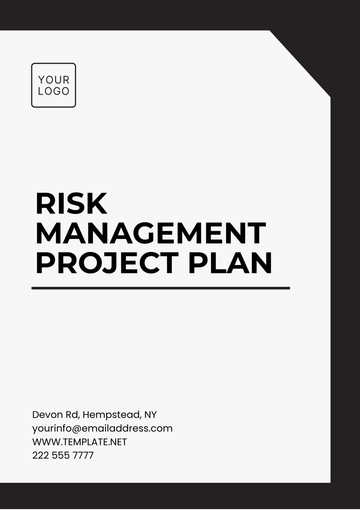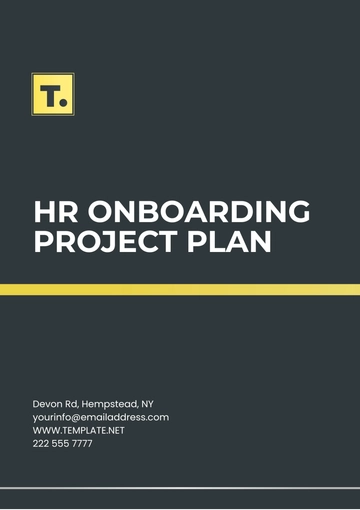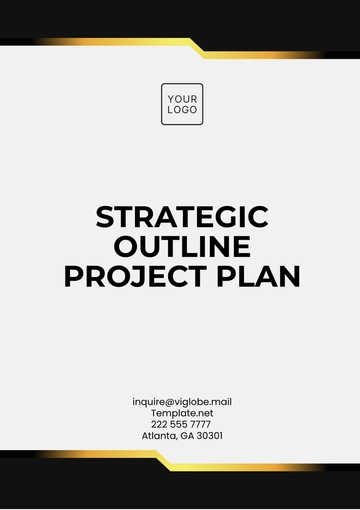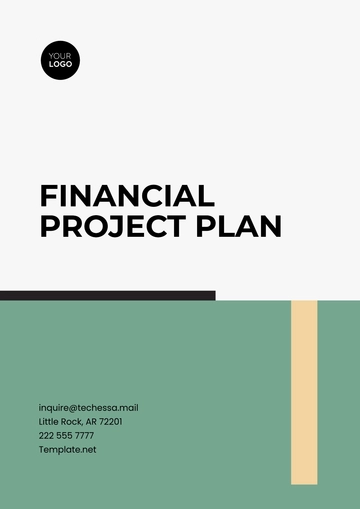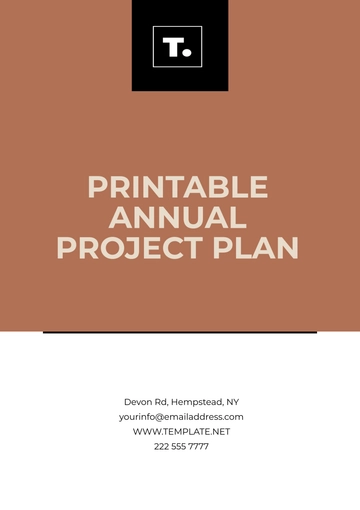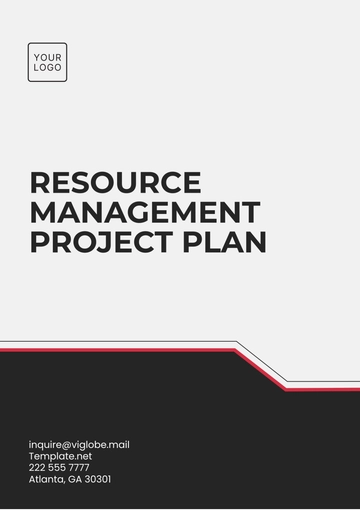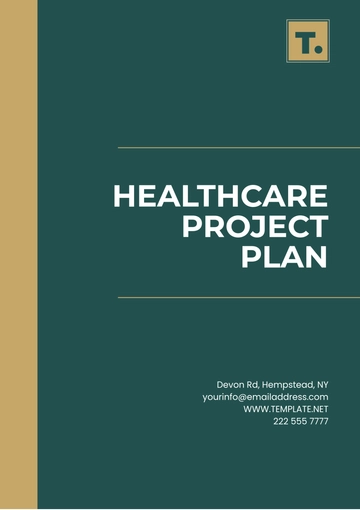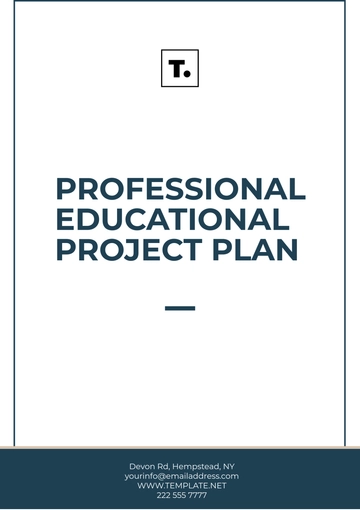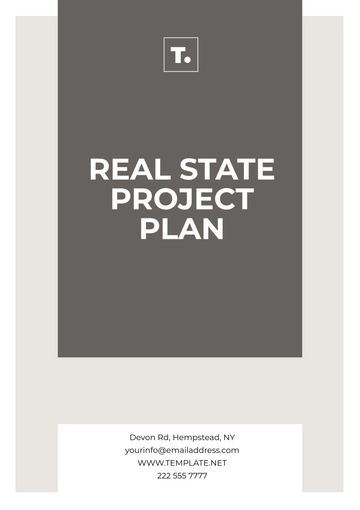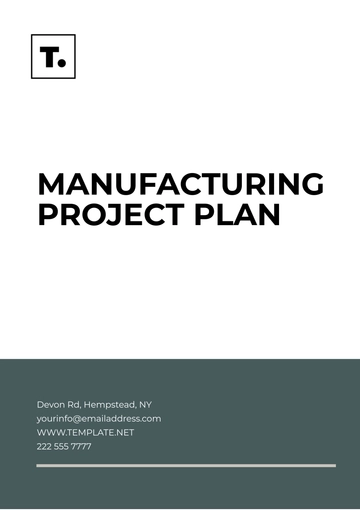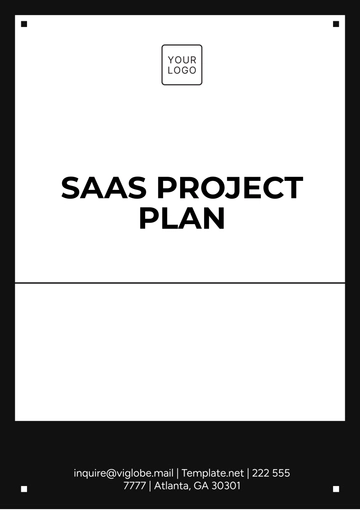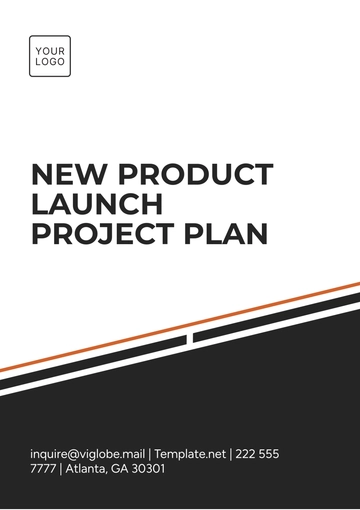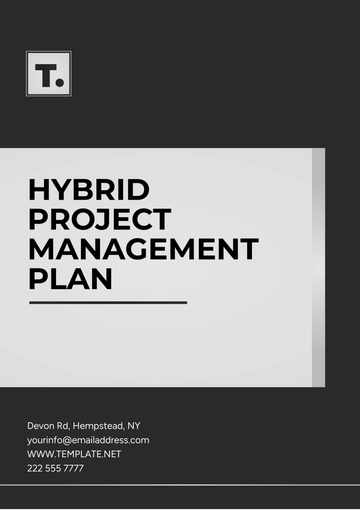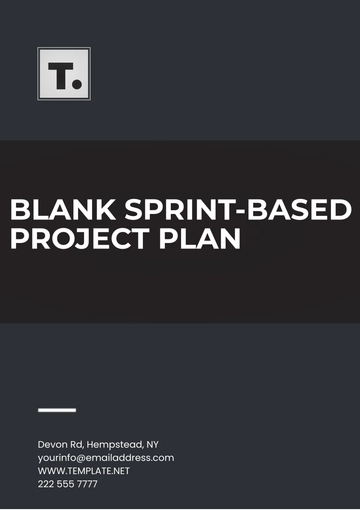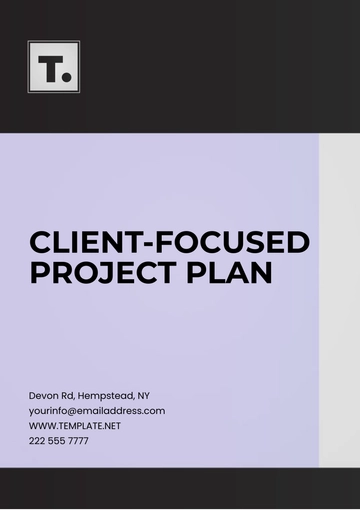Free Car Rental Project Plan
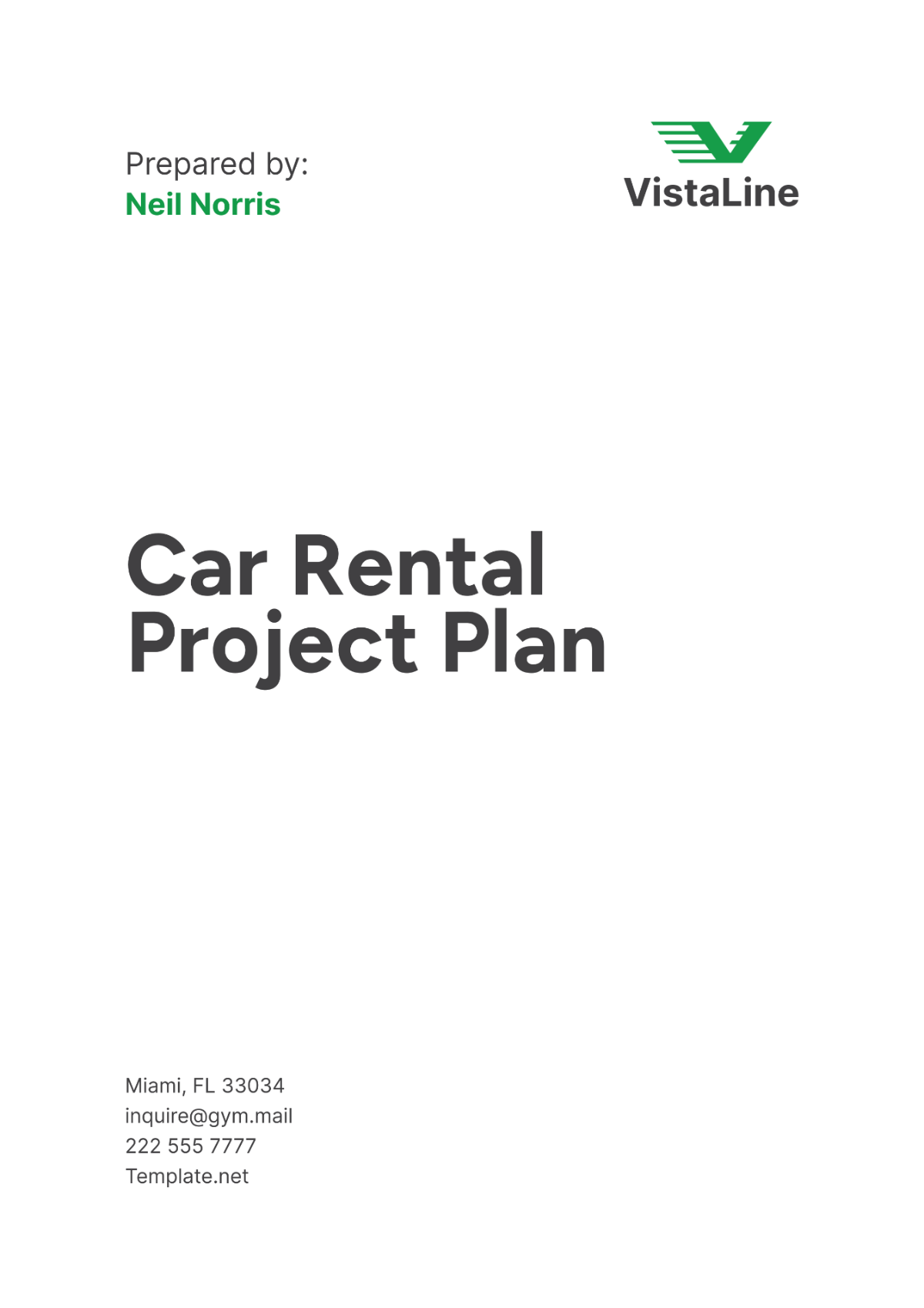
I. Executive Summary
The "City Ride Rentals" project plan aims to establish a successful car rental service under [Your Company Name]. Our primary objective is to provide a wide array of vehicle options, ensuring that our fleet is diverse and caters to various needs and preferences. Additionally, we aim to offer pricing that is highly competitive within the market, thereby providing our customers with great value. Moreover, we are dedicated to delivering an outstanding level of customer service that exceeds expectations.
The initial investment required is $500,000, with projected first-year revenue of $750,000 and operating expenses estimated at $450,000, resulting in a net profit of $150,000. Our detailed and all-encompassing strategy encompasses several critical components: thorough market research, the adoption of competitive pricing models, the implementation of carefully planned strategic marketing initiatives, and the establishment of highly efficient operational processes.
The strategies that have been outlined are designed with the objective of ensuring the project's success. Furthermore, these strategies aim to enhance the project's profitability, thereby contributing to its overall financial viability and long-term sustainability. By concentrating our efforts and resources on these specific areas, we aim to build a robust market presence and realize substantial growth over time.
II. Market Research
A. Target Market Analysis
Understanding our target market is crucial for the success of "City Ride Rentals." We have identified several key demographics and customer segments that will drive our business growth. These include tourists, business travelers, local residents, and corporate clients.
Tourists: Tourists visiting the city represent a significant portion of our target market. They require reliable transportation to explore the area, making car rentals a convenient option.
Business Travelers: Business travelers often need rental cars for short-term use during their stay. They value efficiency, convenience, and high-quality service.
Local Residents: Local residents may need rental cars for various reasons, such as temporary replacements for their own vehicles or special occasions.
Corporate Clients: Corporate clients require rental cars for their employees, either for business trips or as part of a corporate partnership. These clients value reliable service and competitive pricing.
Our target market analysis ensures that we understand the needs and preferences of our potential customers, allowing us to tailor our services to meet their expectations effectively.
B. Competitor Analysis
The following table provides an overview of our main competitors and their market positioning:
No. | Competitor | Fleet Size | Daily Rental Rate | Market Share |
|---|---|---|---|---|
1 | Rental Society | 200 | $45 | 30% |
2 | Urban Drive | 150 | $50 | 25% |
3 | Quick Car | 100 | $55 | 20% |
4 | Drive Rentals | 120 | $60 | 15% |
5 | [Your Company Name] | 80 | $40 | 10% |
Total | 650 | 100% |
Rental Society: Rental Society has the largest fleet size of 200 vehicles and a daily rental rate of $45. They hold a significant market share of 30%, indicating strong market presence and customer base.
Urban Drive: With a fleet size of 150 vehicles and a daily rental rate of $50, Urban Drive holds a 25% market share. They are known for their reliable service and broad customer reach.
Quick Car: Quick Car offers a fleet of 100 vehicles with a daily rental rate of $55. They capture 20% of the market share, appealing to customers seeking a balance between cost and quality.
Drive Rentals: Drive Rentals has a fleet of 120 vehicles with a higher daily rental rate of $60, capturing 15% of the market. They target customers looking for premium service.
[Your Company Name]: We currently have a fleet of 80 vehicles and a competitive daily rental rate of $40. Our market share is 10%, and we aim to increase this by leveraging our competitive pricing and superior customer service.
By analyzing our competitors, we can identify opportunities to differentiate ourselves and capture a larger share of the market. Our competitive pricing strategy and focus on customer satisfaction will be key drivers of our growth.
III. Fleet Management
A. Vehicle Selection
The following table outlines our vehicle selection and their respective rental rates:
No. | Vehicle Type | Quantity | Daily Rental Rate |
|---|---|---|---|
1 | Economy | 20 | $30 |
2 | Mid-Size | 20 | $50 |
3 | SUV | 15 | $70 |
4 | Luxury | 10 | $150 |
5 | Vans | 15 | $80 |
Total | 80 |
Economy Cars: We will offer 20 economy cars at a daily rental rate of $30. These vehicles are ideal for budget-conscious customers and will be a key segment of our fleet.
Mid-Size Cars: Our fleet will include 20 mid-size cars, rented at $50 per day. These vehicles are perfect for small families and groups, offering a balance of comfort and affordability.
SUVs: We will have 15 SUVs available at $70 per day. SUVs cater to customers needing more space and versatility, making them popular for longer trips and group travel.
Luxury Cars: We will offer 10 luxury cars at a daily rental rate of $150. These vehicles target customers seeking premium experiences and are ideal for special occasions.
Vans: Our fleet will include 15 vans, rented at $80 per day. Vans are perfect for larger groups and those needing additional cargo space, making them versatile options for various needs.
Having a diverse fleet ensures that we can cater to different customer preferences and requirements, enhancing our market appeal and customer satisfaction.
B. Maintenance Schedule
The following table outlines our maintenance schedule for the fleet:
No. | Maintenance Activity | Frequency | Cost per Activity |
|---|---|---|---|
1 | Oil Change | Every 5,000 miles | $50 |
2 | Tire Rotation | Every 10,000 miles | $30 |
3 | Brake Inspection | Every 15,000 miles | $40 |
4 | Engine Check | Every 20,000 miles | $100 |
5 | Full Service | Annually | $200 |
Oil Change: Oil changes will be performed every 5,000 miles at a cost of $50 per activity. Regular oil changes ensure optimal engine performance and longevity.
Tire Rotation: Tires will be rotated every 10,000 miles, costing $30 per rotation. This maintenance activity helps extend tire life and improve vehicle safety.
Brake Inspection: Brake inspections will be conducted every 15,000 miles at a cost of $40 per inspection. Regular brake inspections are crucial for maintaining vehicle safety and performance.
Engine Check: Engine checks will be performed every 20,000 miles, costing $100 per check. This activity ensures that the engine is running efficiently and helps prevent major issues.
Full Service: A full service will be conducted annually at a cost of $200. This comprehensive maintenance activity includes all necessary checks and servicing to keep the vehicles in top condition.
Regular maintenance is essential for ensuring the safety, reliability, and longevity of our fleet. By adhering to a strict maintenance schedule, we can minimize downtime and enhance customer satisfaction.
IV. Pricing Strategy
A. Rental Rates
The following chart and table outline our rental rates compared to the competitor average:
No. | Vehicle Type | Our Rate | Competitor Average |
|---|---|---|---|
1 | Economy | $30 | $35 |
2 | Mid-Size | $50 | $55 |
3 | SUV | $70 | $75 |
4 | Luxury | $150 | $160 |
5 | Vans | $80 | $85 |
Economy Cars: Our economy cars will be priced at $30 per day, which is below the competitor average of $35. This competitive pricing aims to attract budget-conscious customers and drive higher volume.
Mid-Size Cars: Mid-size cars will be priced at $50 per day, slightly below the competitor average of $55, making our offer attractive to small families and groups looking for comfort and value.
SUVs: SUVs will be available at $70 per day, compared to the competitor average of $75. This pricing strategy will appeal to customers needing more space and versatility for their travels.
Luxury Cars: We will rent luxury cars at $150 per day, which is lower than the competitor average of $160. This pricing aims to attract customers seeking premium vehicles for special occasions or high-end needs.
Vans: Vans will be offered at $80 per day, below the competitor average of $85. This competitive rate will attract larger groups and those needing more cargo space, making our vans a versatile choice for various needs.
Competitive pricing is a key strategy to penetrate the market and attract customers. Our pricing is designed to be attractive while maintaining profitability and ensuring customer satisfaction.
B. Discount Programs
The following table outlines our discount programs:
No. | Discount Program | Details |
|---|---|---|
1 | Early Bird Discount | 10% off for bookings made 30 days in advance |
2 | Loyalty Program | 5% off for returning customers |
3 | Corporate Discount | 15% off for corporate clients |
4 | Long-Term Rental | 20% off for rentals of 30 days or more |
Early Bird Discount: Customers who book at least 30 days in advance will receive a 10% discount. This program encourages early bookings, providing better predictability for fleet management.
Loyalty Program: Returning customers will receive a 5% discount on their rentals. This program aims to build customer loyalty and encourage repeat business.
Corporate Discount: Corporate clients will receive a 15% discount on their rentals. This program targets businesses and aims to establish long-term partnerships.
Long-Term Rental: Customers renting vehicles for 30 days or more will receive a 20% discount. This program is designed to attract customers needing long-term rentals and ensures higher utilization of the fleet.
Our discount programs are designed to attract a wide range of customers, encourage early bookings, build loyalty, and establish corporate partnerships. These programs enhance our value proposition and drive customer satisfaction.
V. Marketing Strategy
A. Online Marketing
Website Development: We will develop a user-friendly and mobile-responsive website that allows customers to easily browse our fleet, make reservations, and access customer support. A well-designed website enhances customer experience and drives online bookings.
SEO and SEM: We will implement search engine optimization (SEO) and search engine marketing (SEM) strategies to improve our online visibility and attract potential customers. These strategies will drive organic and paid traffic to our website, increasing our reach and bookings.
Social Media Marketing: We will leverage social media platforms like Facebook, Instagram, and Twitter to engage with customers, share promotions, and build brand awareness. Active social media presence helps us connect with our audience and drive customer engagement.
Email Marketing: We will use email marketing campaigns to communicate with existing customers, promote special offers, and encourage repeat business. Personalized email marketing enhances customer relationships and drives repeat bookings.
B. Offline Marketing
Print Advertising: We will advertise in local newspapers, magazines, and travel guides to reach potential customers. Print advertising helps us target specific demographics and enhance brand visibility.
Billboards and Signage: We will use billboards and signage in strategic locations to attract customers. High-visibility advertising helps us capture the attention of potential customers and drive awareness.
Partnerships with Hotels and Travel Agencies: We will establish partnerships with hotels and travel agencies to offer car rental services to their guests and clients. Strategic partnerships help us reach new customers and increase bookings.
Promotional Events: We will participate in local events, trade shows, and community activities to promote our services. Engaging with the community helps us build brand awareness and connect with potential customers.
C. Customer Retention
Customer Feedback: We will actively seek customer feedback through surveys and reviews to understand their needs and improve our services. Listening to customers helps us enhance our offerings and build loyalty.
Loyalty Programs: We will implement loyalty programs to reward returning customers with discounts and special offers. Loyalty programs encourage repeat business and build long-term customer relationships.
Personalized Communication: We will use personalized communication, such as birthday and anniversary messages, to engage with customers. Personalized communication enhances customer experience and builds strong relationships.
Exceptional Customer Service: We will provide exceptional customer service to ensure customer satisfaction and build loyalty. Excellent customer service is a key driver of customer retention and positive word-of-mouth referrals.
VI. Operations Plan
A. Booking and Reservations
Online Booking: Customers can easily book vehicles through our user-friendly website. The online booking system allows for easy selection, customization, and payment, providing convenience for our customers.
Phone Reservations: Our customer service team is available to assist customers with phone reservations. This option provides a personalized touch, helping customers with any inquiries and ensuring a smooth booking process.
In-Person Booking: Customers can visit our rental locations to make reservations in person. Our staff will assist them with vehicle selection, provide information, and complete the reservation process.
Confirmation: After a booking is made, a confirmation email or SMS is sent to the customer with the reservation details. This confirmation ensures that customers have all the necessary information and can plan their rental accordingly.
Modification and Cancellation: Customers can modify or cancel their reservations through our website or by contacting customer service. Our flexible policies accommodate changes and ensure customer satisfaction.
B. Vehicle Pickup and Return
Pickup Process: Customers will pick up their rental vehicles from our designated locations. Our staff will conduct a thorough vehicle inspection with the customer and complete the necessary paperwork.
Return Process: Customers will return their rental vehicles to the same location or a designated return point. Our staff will inspect the vehicle for any damages and finalize the rental agreement.
After-Hours Pickup and Return: We will offer after-hours pickup and return options to accommodate customers with varying schedules. This flexibility enhances customer convenience and satisfaction.
Airport Pickup and Drop-off: We will provide airport pickup and drop-off services for customers arriving or departing from the city. This service caters to the needs of travelers and adds value to our offerings.
VII. Financial Plan
A. Financial Projections
The following table outlines our financial projections for the first year:
No. | Financial Detail | Amount |
|---|---|---|
1 | Initial Investment | $500,000 |
2 | Projected Revenue | $750,000 |
3 | Operating Expenses | $450,000 |
4 | Net Profit | $150,000 |
5 | Profit Margin | 20% |
Initial Investment: The project requires an initial investment of $500,000 to cover the cost of acquiring the vehicle fleet, setting up rental locations, and initial marketing expenses. This investment is critical to establish the business infrastructure.
Projected Revenue: We anticipate generating $750,000 in revenue during the first year of operations. This projection is based on market demand, competitive pricing, and strategic marketing efforts.
Operating Expenses: Operating expenses, including staffing, maintenance, and marketing, are estimated at $450,000. These expenses are necessary to ensure smooth operations and deliver high-quality service.
Net Profit: The projected net profit for the first year is $150,000, reflecting a healthy profit margin. This net profit demonstrates the viability and profitability of the "City Ride Rentals" project.
Profit Margin: Our projected profit margin is 20%, indicating a strong potential for profitability. This margin shows that our pricing and cost management strategies are effective.
These financial projections demonstrate the viability and profitability of the "City Ride Rentals" project. Achieving these targets will require diligent execution and monitoring of our strategies.
B. Break-Even Analysis
The following chart and table outline our break-even analysis:
No. | Aspect | Amount |
|---|---|---|
1 | Fixed Costs | $300,000 |
2 | Variable Costs | $150,000 |
3 | Break-Even Point | $450,000 |
Fixed Costs: Fixed costs, including salaries, rent, and utilities, are estimated at $300,000. These costs remain constant regardless of the level of business activity and must be covered to achieve profitability.
Variable Costs: Variable costs, including vehicle maintenance and marketing, are estimated at $150,000. These costs vary with the level of business activity and must be managed to maintain profitability.
Break-Even Point: The break-even point, where total revenue equals total costs, is $450,000. Reaching this point is a critical milestone for the project, indicating the point at which the business becomes profitable.
Achieving the break-even point is crucial for the sustainability and growth of the "City Ride Rentals" project. It provides a clear target for revenue generation and cost management.
VIII. Conclusion and Next Steps
A. Conclusion
The "City Ride Rentals" project plan outlines a comprehensive approach to launching a successful car rental service under [Your Company Name]. By focusing on market research, competitive pricing, strategic marketing, and efficient operations, we aim to establish a strong presence in the car rental market. Our financial projections indicate a profitable venture with significant growth potential.
The detailed strategies presented in this document provide a clear roadmap for achieving our business objectives. By executing this plan effectively, we will enhance customer satisfaction, drive revenue growth, and position [Your Company Name] as a leader in the car rental industry.
B. Next Steps
To move forward with the "City Ride Rentals" project, the following steps will be undertaken:
Secure Funding: Finalize funding arrangements to cover the initial investment and operational costs.
Acquire Vehicles: Proceed with the acquisition of the vehicle fleet as outlined in the plan.
Hire Staff: Recruit and train the necessary staff to ensure smooth operations.
Implement Marketing Strategy: Launch marketing campaigns to build brand awareness and attract customers.
Set Up Operations: Establish operational processes and systems to support vehicle booking, maintenance, and customer service.
By following these steps, we will ensure the successful launch and growth of "City Ride Rentals," achieving our business goals and delivering exceptional value to our customers.
.
- 100% Customizable, free editor
- Access 1 Million+ Templates, photo’s & graphics
- Download or share as a template
- Click and replace photos, graphics, text, backgrounds
- Resize, crop, AI write & more
- Access advanced editor
Manage your projects effectively with the Car Rental Project Plan Template! Only on Template.net, this template provides a structured and customizable framework for planning projects. Its editable format allows for adjustments to fit the scope and requirements of your project. Create a detailed project plan with the AI Editor Tool!

